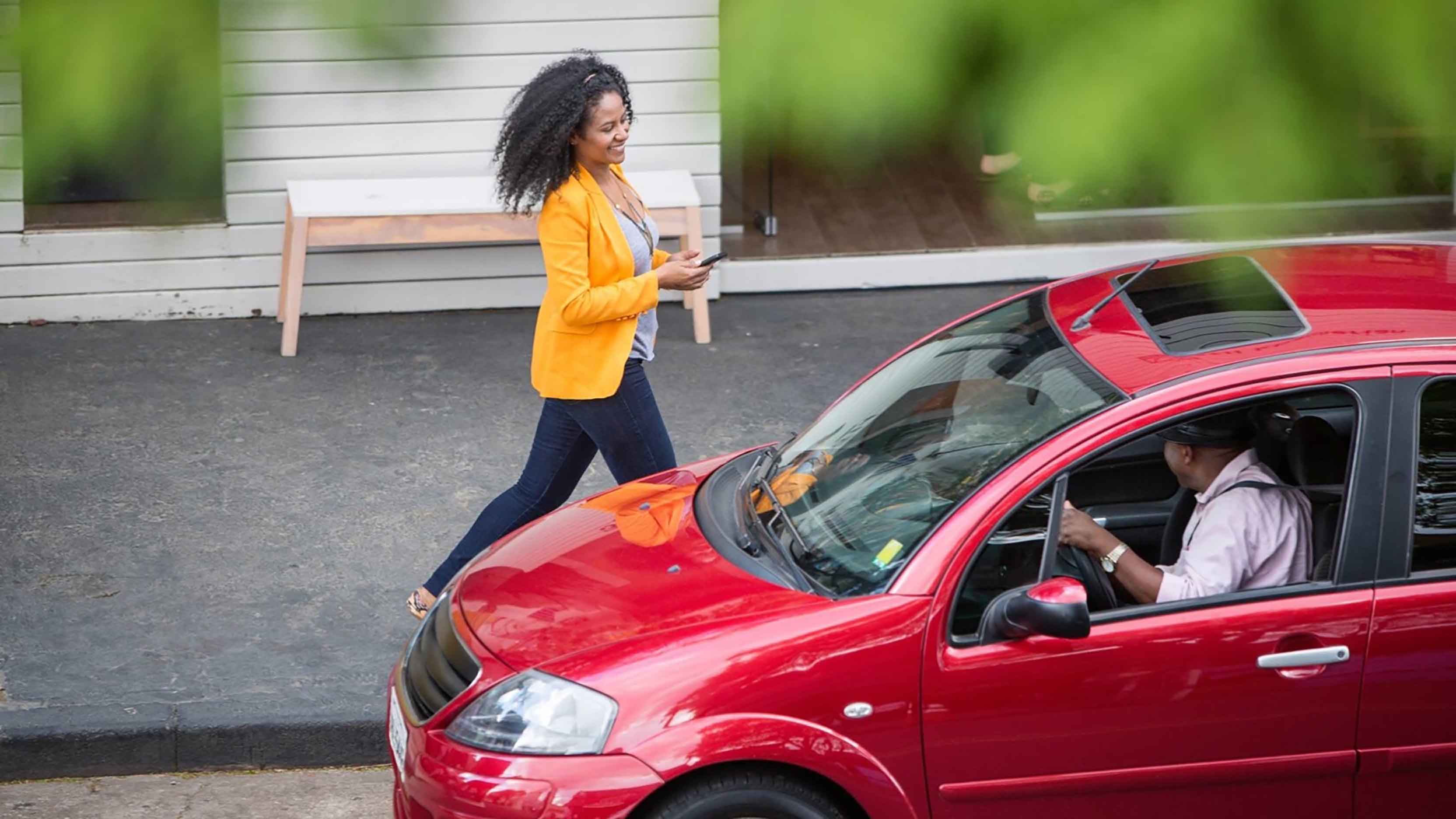
It’s a problem that’s common across Canada’s small towns: Poor public transportation options. For people without cars, it means not being able to get to work or not being able to take the kids to school.
For older individuals, or those with mental health or accessibility concerns, it often means not being able to take part in basic aspects of community. In Fall 2015, Ontario’s Town of Innisfil decided to do something about its lack of public transportation options.
However, town council found that setting up a single route bus service would cost almost $300,000. Setting up two routes would be double that. For the small town of roughly 36,500 inhabitants — located in Ontario’s Simcoe county — the costs outweighed the benefits.
Ultimately, Innisfil’s council issued an expression of interest, asking companies from the local community — as well as those across the country — to come forward and provide some kind of solution.
“We had a couple companies respond to that, but it wasn’t what we were looking for,” said Paul Pentikainen, the senior policy planner for the Town of Innisfil, in an interview with MobileSyrup.
“Then we approached Uber.”
Why Uber and not a local taxi company?
According to Paul, it’s because none of them were really interested.
“They did not respond to our expression of interest document,” said Pentikainen.
“It was open to all businesses…none of the taxis responded to that.”
The town worked with Uber to transform the ridesharing app into Innisfil’s de facto public transportation option. Anyone who used Uber within Innisfil would receive a $5 discount on their trip. Additionally, the town worked with Uber to set up specific, fixed-fee routes.
For example, it costs $3 to-and-from the Innisfil recreation area. It’s $4 to the Go bus stops on Yonge Street. Want to go to the Barrie South Go train station? That’ll cost a fixed fee of $5.
The town also arranged a partnership with the Barrie Taxi Service to coordinate trips for passengers with accessibility needs. The agreement launched in May 2017 — fast-forward to now, and the Town of Innisfil is ready to unveil the results of their Uber transit experiment.
And the results are certainly impressive.
According to the report that will be brought to the August 9th, 2017 council meeting, the city’s total costs for the duration of the two-month-long experiment was precisely $26,462.41.
The total budget for the two-month-long Stage 1 experiment was $100,000 CAD.
As Pentikainen puts it, the average cost per-trip-per-passengers using Uber was roughly $5. If the city had implemented a bus system, the costs would have exceeded $17-per-person.
“This is a way of providing that service at a much lower cost,” said Pentikainen.
“We don’t need to have bus shelters or a huge amount of staff to get the service going.”
For its part, Uber has been quite vocal about its support for the Innisfil partnership. After all, this is one of the first of its kind partnerships for Uber with any community anywhere in the world.
“Since we launched this exciting public transit partnership in May, it has been great to see Innisfil residents access affordable, on-demand rides to get around their community and connect with local transit hubs,” said Susie Heath, senior communications associate for Uber Canada, in an email interview with MobileSyrup. “We are pleased with the results of the report and to be working with Innisfil for Canada’s first partnership of this kind.”
What comes next
The project will be receiving an additional $150,000 in council funding in 2018, and Innisfil is currently working with Ontario’s Ministry of Transportation to coordinate gas tax funding.
Innisfil is estimated to be eligible for up to $75,000 for 2017 and up to $93,750 for 2018. Plus, the town’s applied for $50,000 in funding from the County of Simcoe. Pentikainen’s confident that Innisfil and the Uber transit project will receive these additional sources of funding.
As for what comes next for the people of Innisfil, Pentikainen says that the project is currently in the process of gathering ridership and user information.
“We want to get a better sense of the types of people that are using the service,” said Pentikainen.
“[Tweaking it] will find more efficiencies to make it a more effective service for all of the town’s residents.”
Still, for now, Pentikainen’s pleased with the results.
“We’ve got cost and funding to make sure this kind of system is sustainable and can be with us in the foreseeable future. We’re really excited by it. We’re pleased and excited,” concluded Pentikainen.
MobileSyrup may earn a commission from purchases made via our links, which helps fund the journalism we provide free on our website. These links do not influence our editorial content. Support us here.


